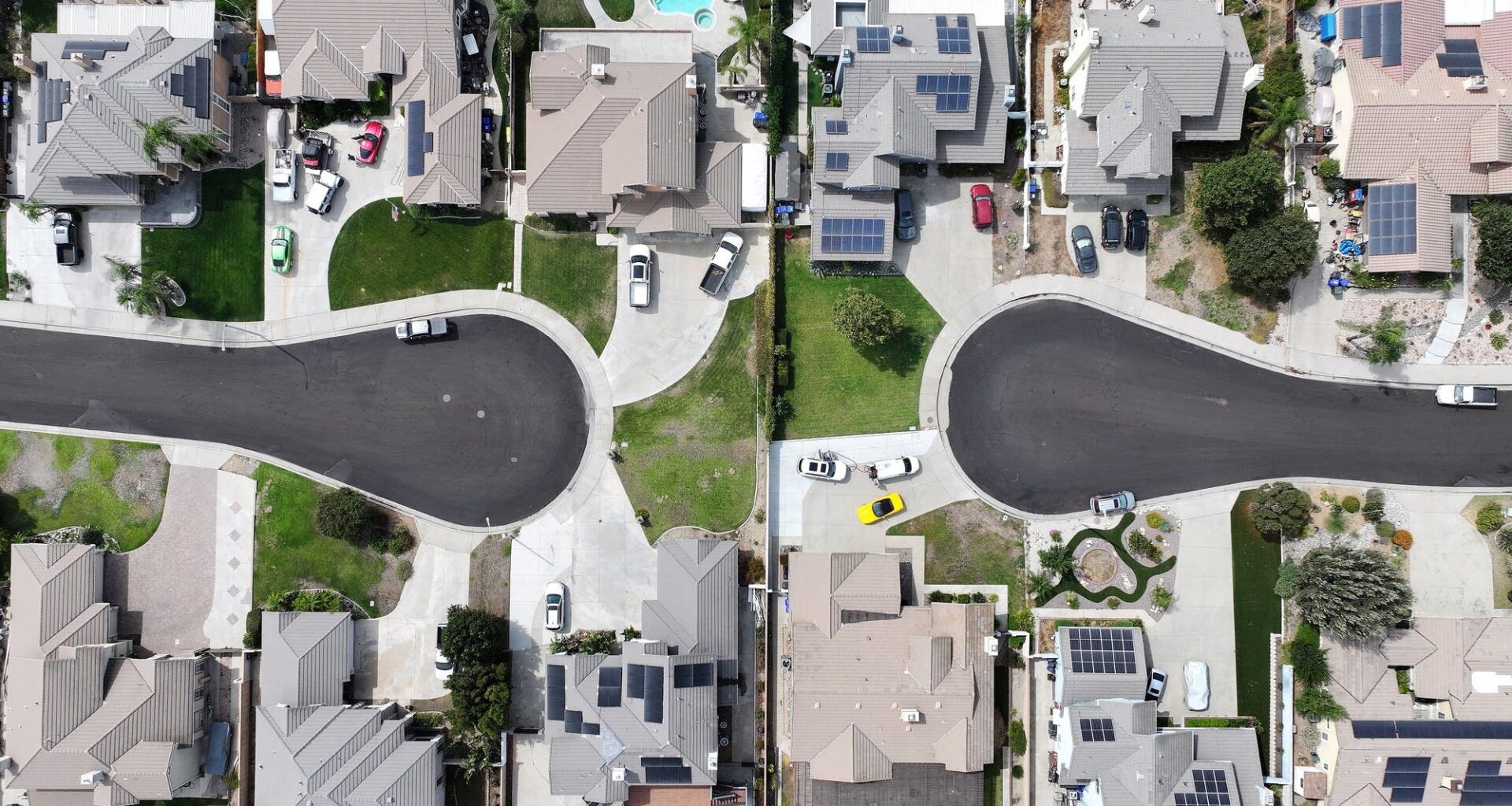Something strange has been happening in the housing market this year: for five straight months, as of the latest data released last week, the median existing home price has exceeded the median new home price. It’s a statistical oddity we’ve seen rarely since tracking began more than half a century ago.
With the possible exception of limited edition Birkin bags and Air Jordans, new things are generally more expensive than used things.
A newly built house, for instance, has all the updated trends: “You know, white countertops and more, white and gray cabinets,” said Nitin Gupta, a real estate agent in Dallas who mostly sells new homes.
He said older homes often have stained carpet, windows that don’t seal or a wheezy old HVAC system that’s no match for the Lone Star state.
“[In] Texas, the air conditioning goes on 24 by seven,” said Nitin.
It’s those differences that make this inversion in average prices weird, said Robert Dietz, chief economist at the National Association of Home Builders.
“We saw it happen in 2021, which was on the upside of a growing market and before that, you know, the only other times that I can recall it occurring were in significant market downturns,” said Dietz.
He said elevated interest rates have led builders to aim smaller — more modest town homes than luxury five bedrooms. Plus, many are resorting to price cuts because an empty house is a drag on the bottom line.
That’s not really the case in the resale market, said Jessica Lautz, deputy chief economist at the National Realtors Association.
“Existing home sellers are just entrenched in their homes,” she said. “They have no motivation to move from low interest rate mortgages.”
The number of existing homes on the market has been increasing from the historic lows of the last couple years, but about 20% of sales are still coming in over asking price, said Lautz. And some sellers are pulling their house off the market if offers are too low.
“In fact, they’re willing to become accidental landlords and to hold on to those properties,” she said.
That could be pushing existing home prices higher. But there are also differences in where new homes are selling that throw the averages off, said Richard Green, a housing economist at the University of Southern California.
Almost 70% of sales last month were in the South.
“They are built in markets that typically have much lower house prices than New England, New York,” said Green.
Still the softness in new home prices could be a sign the whole market is turning, said Rick Palacios at John Burns Real Estate Consulting.
“Home builders experience it first and react,” said Palacios. “It just takes a while longer to actually hit the resale market.”
He said the longer mortgage rates stay above 6%, the likelier it is that weakness will spread.
Related Topics

